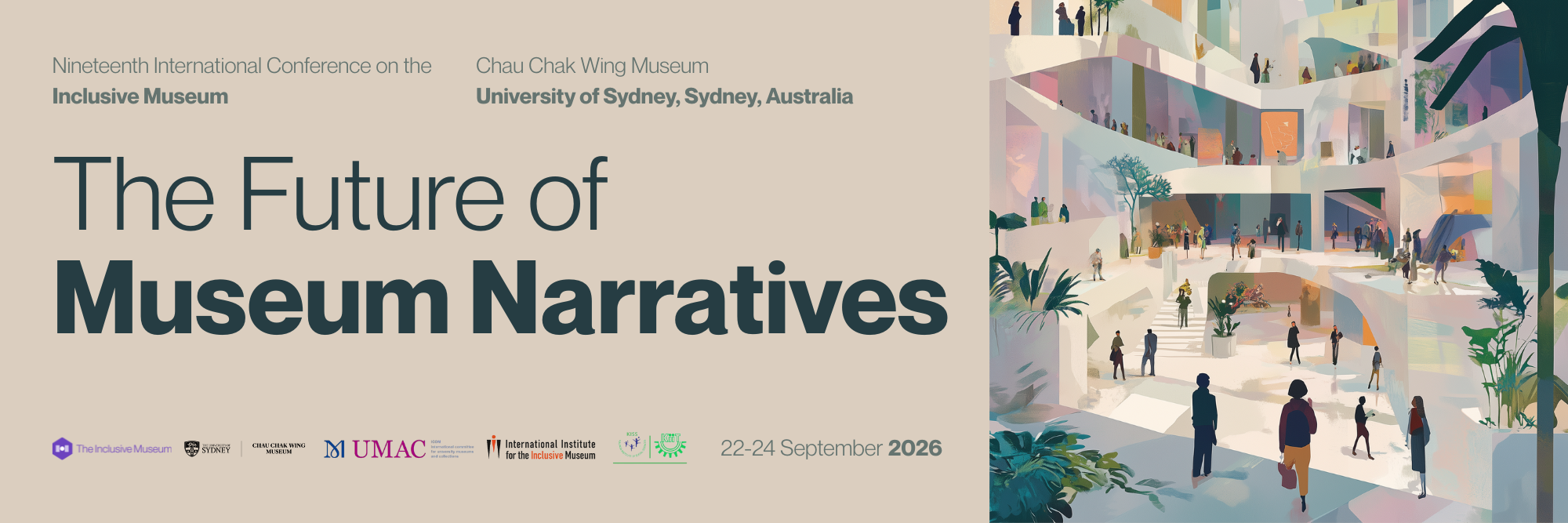Abstract
This paper introduces Sensory Heritage, a developing methodology positioning people with profound and multiple learning disabilities (PMLD) as co-creators of cultural memory and access. At its heart are ten sensory archetypes — light, rhythm, bubbles, mirrors, water, and others — that function as universal experiential anchors. These archetypes offer ways for people with PMLD to participate in heritage through embodied, multisensory interaction rather than text or speech. The methodology builds on nine years of practice with museums and galleries including the British Museum, Kew Gardens, and Shakespeare Birthplace Trust, where sensory interpretation has been embedded into exhibitions, trails, and resources. Co-production is central: sensory encounters are not only engagement, but also acts of testimony that preserve disabled lives and experiences in forms that are both repeatable and recognisable. This paper argues for a reversal of the current model of access. Too often, accessibility is framed as an afterthought, delivered through special events or generic “sensory kits” that fail to meet the needs of profoundly disabled people. Instead, museums could begin with profound disability in mind: if we design for PMLD first, access becomes richer, more imaginative, and more inclusive for all. Drawing on case studies and early findings from the More Than a Nice Walk toolkit, I demonstrate how sensory audits and co-produced design processes can help institutions rethink their spaces and practices. Sensory Heritage offers a radical proposition: that museums can build futures where disabled people are not simply accommodated, but recognised as active creators of knowledge and culture.
Details
Presentation Type
Paper Presentation in a Themed Session
Theme
2026 Special Focus—The Future of Museum Narratives
KEYWORDS
Sensory Heritage, Co-Production, Multisensory Museums, Cultural Memory, Access Design

